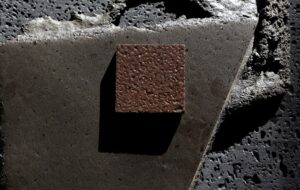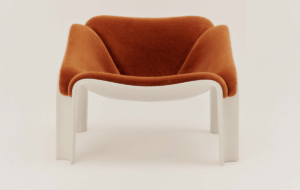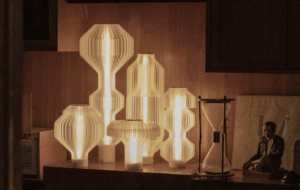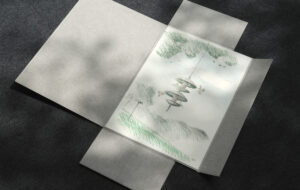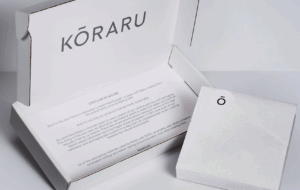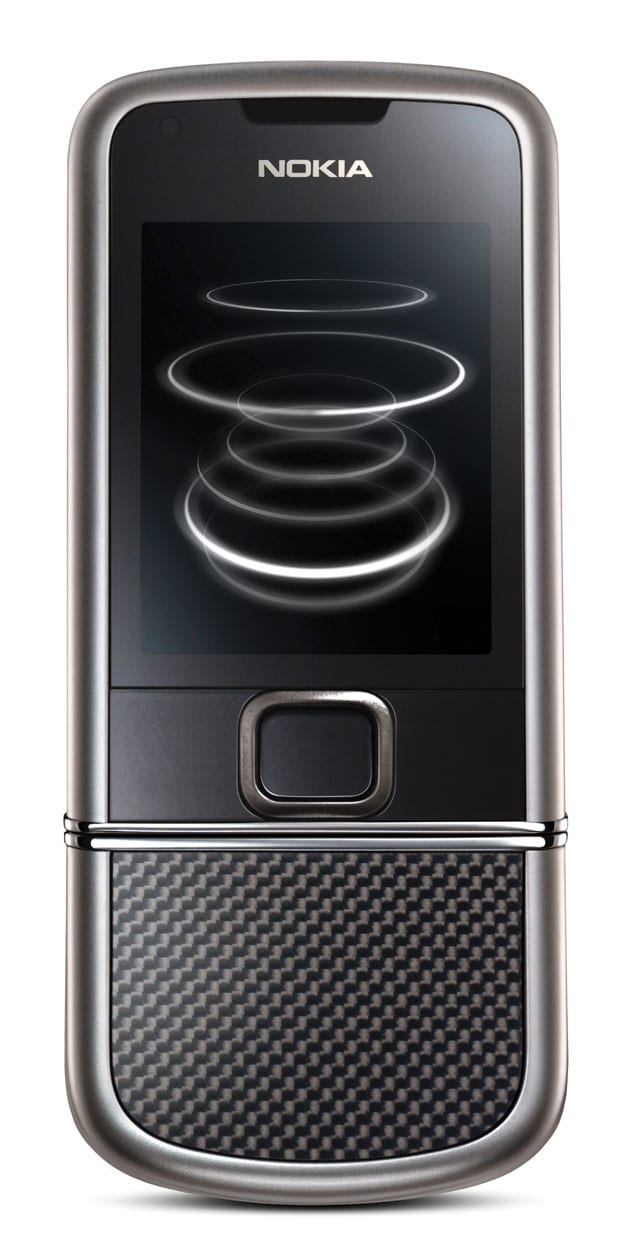
words Sam Jacob
Luxury engineering has created a fascinating and sensual object that is completely out of touch with modern communications, says Sam Jacob.
I guess I was sent this phone in my capacity as a blogging, Twittering pillar of Britain’s online design community. I’m supposed to write about what was promised to be an amazing new Nokia phone, the 8800 Carbon Arte, mainly because the phone is incredibly expensive. And a certain fascination comes with that territory.
The Carbon Arte is a piece of high-quality design in the way a high-end car is; that dull sense of deeply engineered quality. Though it’s a device of the information age, it feels like a piece of the industrial age engineered to perfection. It’s heavy and cold, like machinery. The cover slides in a way that suggests carefully geared weighting, its smooth glide recalling the action of a piston. But this is the precision engineering of luxury, not function. Or rather it’s the aestheticisation of function to the point of hubris. Every detail is crafted and resolved. The phone’s surface is a subtle textured landscape: a slight matt friction to the titanium body, a cold smoothness to the glass and carbon fibre panels. The carbon fibre has been treated with tiny checkerboarding that catches the light. Its reflections suggest an illusory holographic depth – a visual pleasure that’s been engineered into performance material.
But inside, it’s a phone that’s a few cycles off the cutting edge. There’s something about it that feels like a high-class replica of last year’s basic phone – a strange inversion of the normal order of things where cheap knock-offs appropriate expensive gear.
In its focus on material quality, the Carbon Arte seems to be suggesting we should think of a mobile phone as an object. But technological objects are not static. While a chair remains essentially a chair from century to century, the telephone belongs to a family of objects whose nature constantly shifts. The latest generation of phones – iPhone, G1 and so on – is packed with all kinds of technologies: GPS, accelerometers, magnetic field and tilt sensors. Alongside voice communication, we can send information using email, Twitter, Facebook and so on, all through what is still quaintly called a phone.
To concentrate on the shell, as the Carbon Arte does, seems to deny this current trajectory. That’s not to say that all that counts is what is on the inside. There are many examples of the way physical design can frame technology to articulate the interface of virtual and physical realms. We might think of a range of phone designs spanning territories of kitsch and irony: candlestick phones repurposed for a digital age, or wooden Skype phones, which revel in the disjunction between outside and inside. But here, the design of the exterior is so po-faced that it’s hard to understand its motivation.
This is what Nokia writes about the Carbon Arte: “Some dream of success, others equip themselves for it”; “an exceptional performer in every conceivable way – much like the highly successful individuals who own it”. This flattery of potential buyers’ significance and connoisseurship reveals the real intention: that the phone-object communicates not voice, or data, but social status.
www.nokia.com



